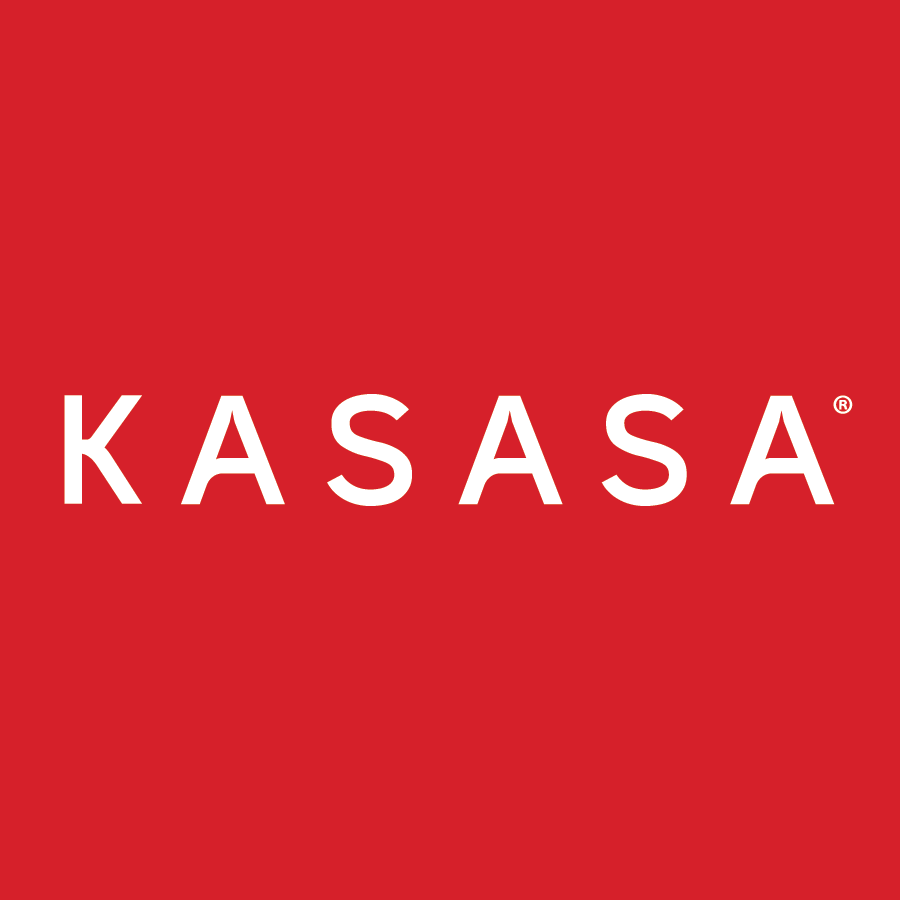The way consumers want to interact with brands and service providers today is completely different than it used to be. And as consumer behaviors have shifted, winners and losers in various industries have emerged. Winners succeed because they got ahead of digital advancements and gave consumers what they wanted.
Other companies became obsolete because of their failure to adapt. With the consumer landscape constantly changing due to the proliferation and adoption of new technologies, it’s crucial that community financial institutions find ways to adjust to consumers’ new preferences in order to avoid the same fate as these “losers.”
Remember Blockbuster? What about Sears?
Sears used to be one of the largest retailers in the world and had a catalog that closely mirrored the direct-to-consumer business Amazon employs now. However, technology changed and Sears didn’t — the last time you needed to order something for your home, you probably went to Amazon.com, which is now one of largest retailers in the world, and didn’t even consider Sears.
Another example? Blockbuster. The chain of video stores, once huge, ended up as a clear loser, while Netflix came out on top. Why didn’t Blockbuster adapt and become what Netflix is today? Typically, the best indicator for future failure is past success. The team at Blockbuster most likely thought that there would never come a day where people would prefer to stream movies through their computers.
In fact, when asked about Redbox and Netflix in 2008, Blockbuster CEO Jim Keyes said, “Neither RedBox nor Netflix are even on the radar screen in terms of competition. It's more Wal-Mart and Apple." In 2004 (six years after Netflix started), Blockbuster began offering DVDs by mail, but it was too late. To avoid becoming a loser in your industry, you have to be ahead of the changes or you’ll get left behind.
Where Community Financial Institutions Fall
Now, let’s think about our industry. Which companies are becoming the winners and losers? Ally has been a clear winner. The online bank was founded in 2001, and at the end of 2016, they had over 1.2 million customers.1
With over 11 million members, USAA is another winner. Their products range from personal checking accounts to dental insurance and the bank provides top-notch customer service. During the financial crisis, USAA’s net worth actually went from $14.6 billion in 2008 to $19.3 billion in 2011.
And while tech giants like Google and Facebook don't offer banking services yet, they should also be on our radar. A recent study by Accenture, which surveyed nearly 33,000 consumers in 18 countries and regions, found that 31% of consumers would be willing to switch to Google, Amazon, or Facebook for banking services.
So, who are in danger of becoming the “losers” in our industry? Market share among community banks and credit unions has dropped from 70% to 30% in the last 30 years. This decline began right when technology started advancing at a rapid pace. We don’t want community financial institutions to go the way of Blockbuster and Sears. Sticking only to strategies that have worked in the past and failing to evolve is the quickest way to ensure you don’t win.
What Can You Do?
To attract, engage, and retain consumers, you need to adapt to these changes in consumer preferences. Community financial institutions excel at providing great personal service; but to become a true winner, you also need to provide the products consumers expect from their primary financial institution.
In a recent study commissioned by Kasasa® and conducted online by Harris Poll, 83% of Millennials surveyed said they’d switch banks if one offered more or better rewards, like high-interest rates on checking, cash back, and refunds on ATM withdrawals.
But just having the products isn’t enough. You also need marketing that tells consumers you have what they’re looking for and compels them to seek out your institution.
By offering these products, promoting them with great marketing, and providing the superior service you already excel at, you can get the attention of consumers and become a winner among financial institutions.
Want more information about how you can start offering products consumers love and make sure they know it? Contact us to start the conversation.
1 2016 Ally Financial Report



